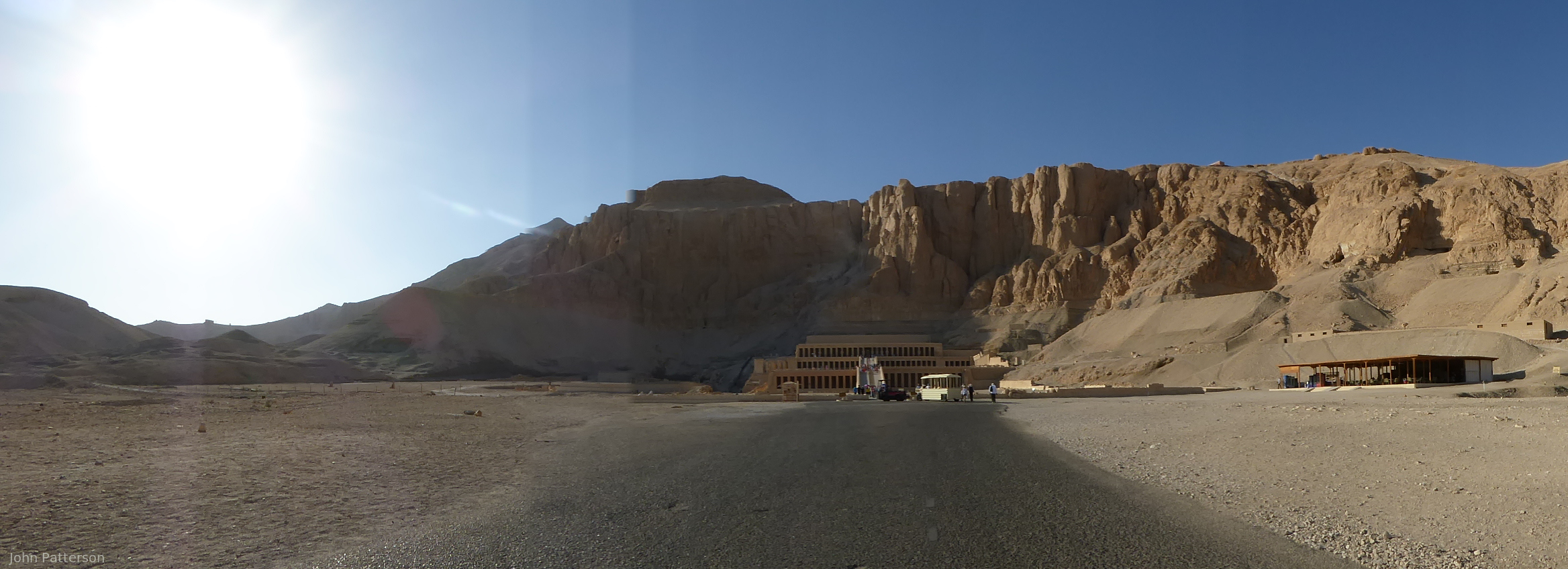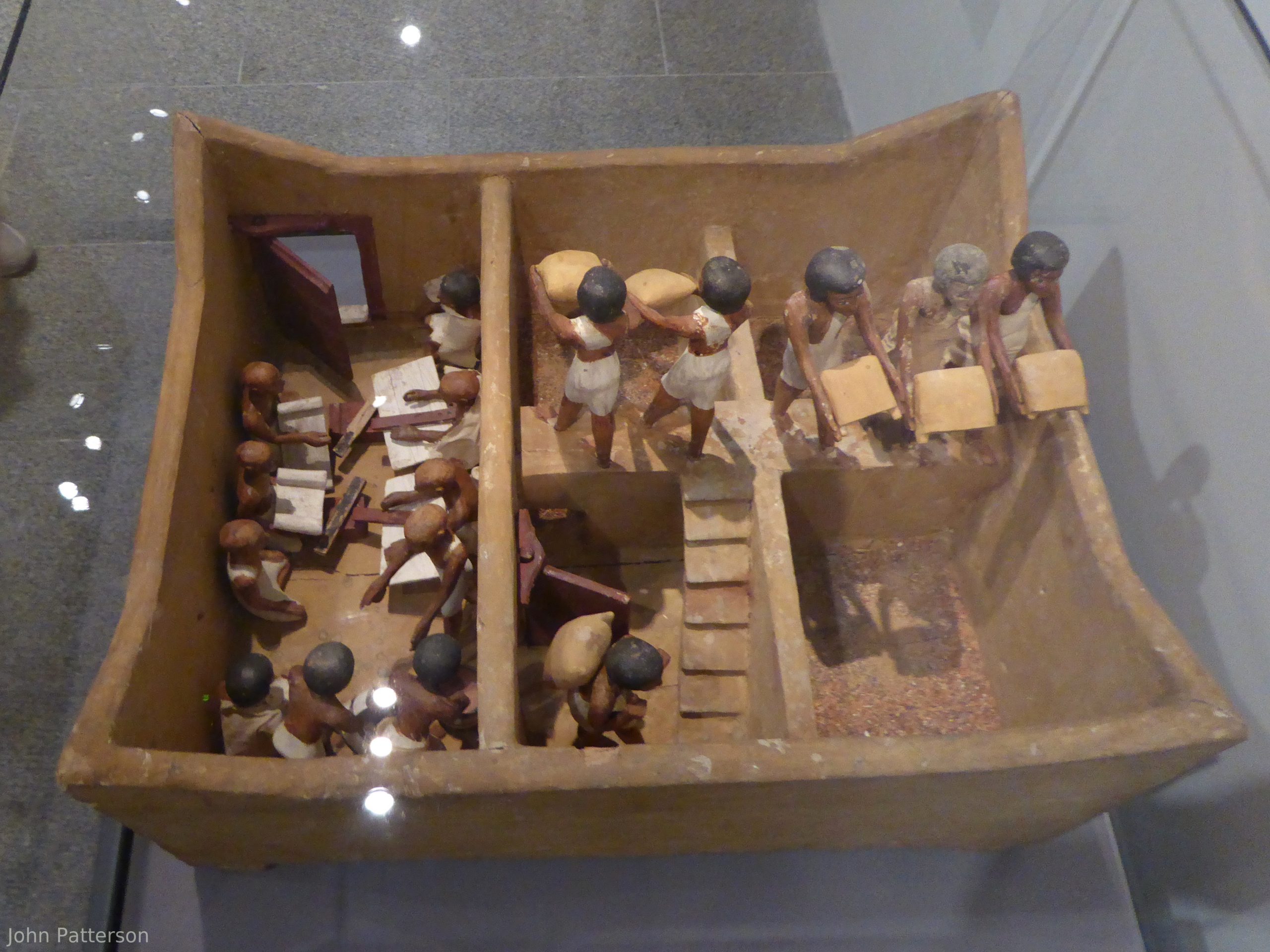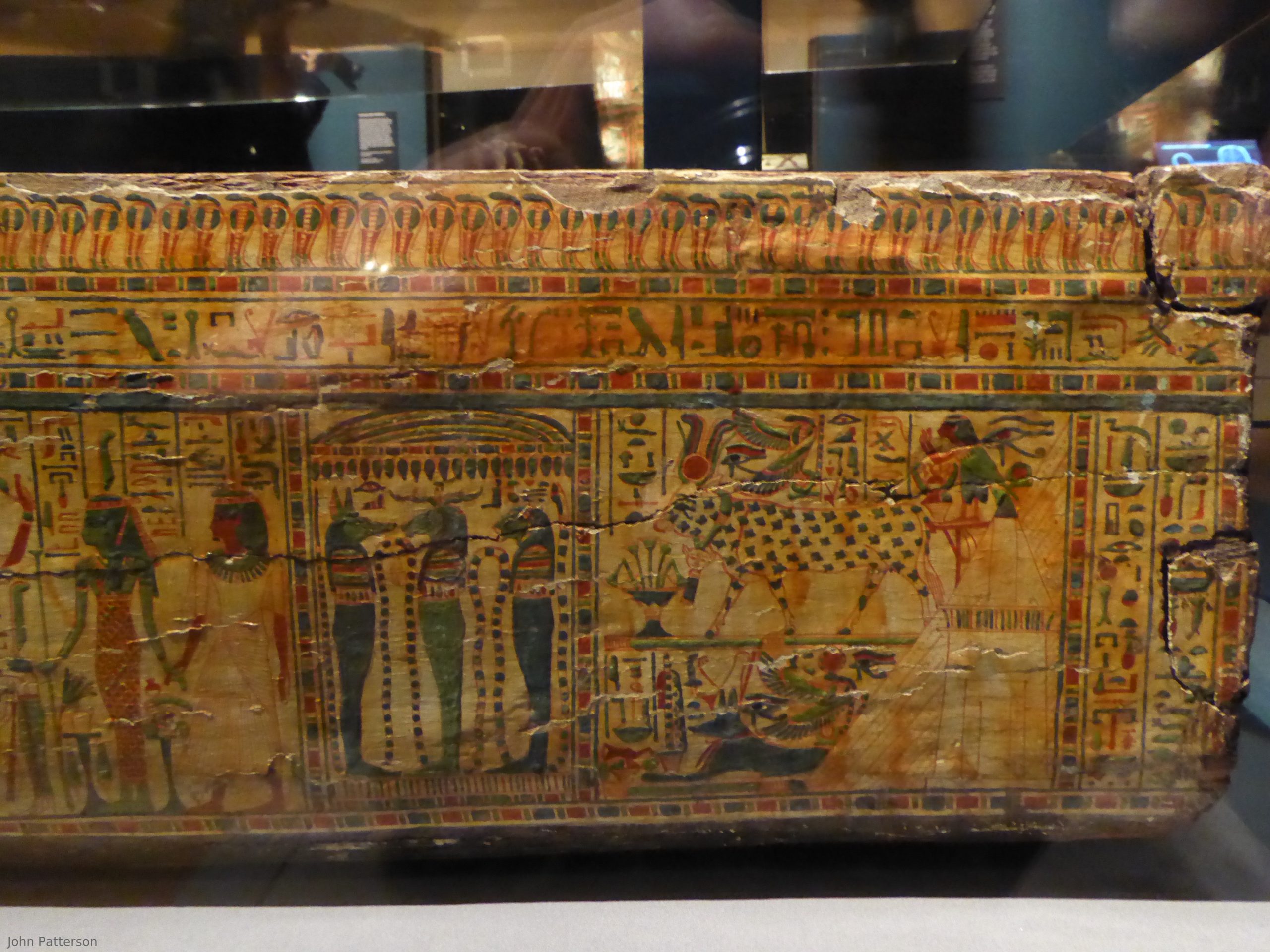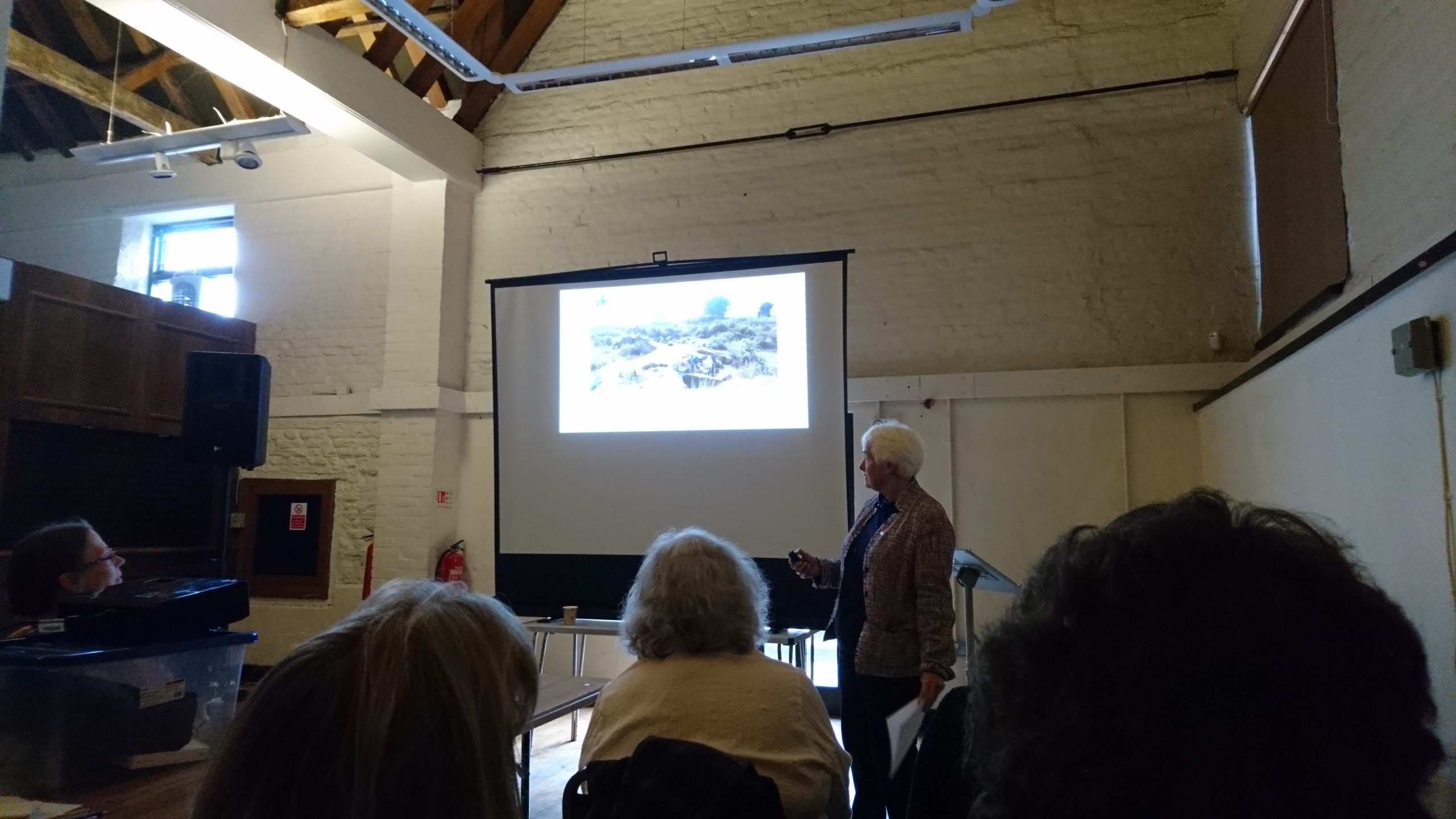“The Cemeteries of Deir el-Bahri and Asasif in the Early Middle Kingdom: Recent Work by the University of Alacá Expedition to Thebes” Antonio J. Morales
At the beginning of July Antonio J. Morales visited the Essex Egyptology Group to tell us about the work of the Middle Kingdom Theban Project which he is the leader of. The project began in 2014 when he was working for Freie University in Berlin, and when he moved to the University of Alacá (outside Madrid) in 2017 the project continued under their sponsorship. Three-fifths of the €50,000/year needed to fund the project comes from the Spanish government, and the project must fundraise for the rest of it. To help with fundraising the project has several social media accounts (Facebook, Twitter, Instagram and YouTube) to keep the project visible. Morales told us that he began with this information because he believes it important to be transparent about how the project is funded. He also believes it is important to publish their discoveries as soon as possible. As a result they… Read More »“The Cemeteries of Deir el-Bahri and Asasif in the Early Middle Kingdom: Recent Work by the University of Alacá Expedition to Thebes” Antonio J. Morales



